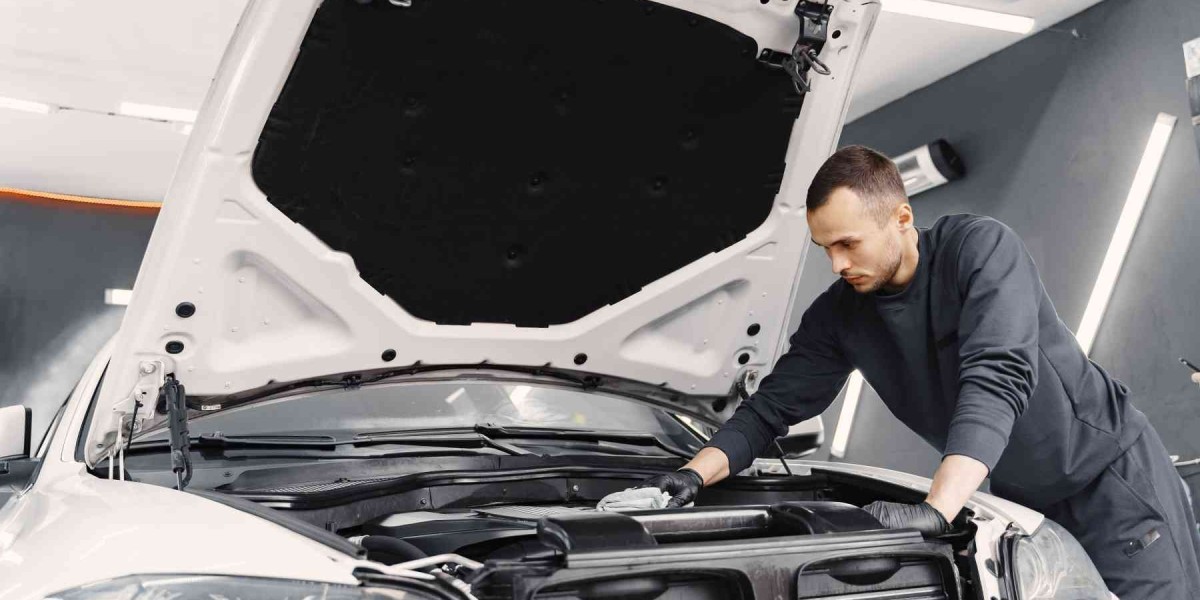Maserati, synonymous with luxury, elegance, and performance, has been a symbol of automotive excellence for over a century. As the automotive industry evolves with technological advancements, so too does the landscape of car repair, including the maintenance and servicing of Maserati vehicles. In this blog, we will explore the future of Maserati car repair, examining emerging trends and innovations that are reshaping the way these iconic automobiles are maintained and serviced.
1. Advanced Diagnostics and Predictive Maintenance:
One of the most significant trends in Maserati car repair is the integration of advanced diagnostic technologies and predictive maintenance systems. With the advent of artificial intelligence (AI) and machine learning, Maserati vehicles are becoming increasingly adept at self-diagnosing issues and predicting potential maintenance needs before they escalate into costly repairs.
AI-powered diagnostic systems can analyze vast amounts of data collected from sensors embedded throughout the vehicle to detect anomalies and identify potential problems. By continuously monitoring key components such as the engine, transmission, and suspension system, these systems can alert drivers and service technicians to issues in real-time, allowing for proactive maintenance and minimizing the risk of unexpected breakdowns.
2. Remote Diagnostics and Telematics:
Another emerging trend in Maserati car repair is the utilization of remote diagnostics and telematics technologies. Through the integration of onboard telematics systems, Maserati vehicles can transmit diagnostic data and performance metrics to authorized service centers in real-time, enabling technicians to remotely diagnose issues and prescribe solutions without the need for physical inspection.
Remote diagnostics not only streamline the repair process but also offer convenience and flexibility for Maserati owners, allowing them to schedule maintenance appointments and access personalized service recommendations through mobile applications or online portals. Additionally, telematics-enabled predictive maintenance can help optimize vehicle performance and prolong the lifespan of critical components, ultimately enhancing the ownership experience for Maserati enthusiasts.
3. Electrification and Hybridization:
As the automotive industry undergoes a paradigm shift towards electrification and hybridization, Maserati is also embracing alternative powertrain technologies to meet evolving consumer preferences and regulatory requirements. With the introduction of hybrid and electric models such as the Maserati Ghibli Hybrid and the upcoming GranTurismo Electric, the landscape of Maserati car repair is poised for significant transformation.
Electric and hybrid vehicles present unique challenges and opportunities for repair technicians, necessitating specialized training and expertise in high-voltage systems, battery management, and regenerative braking technology. Moreover, the proliferation of electric vehicle (EV) charging infrastructure and advancements in battery technology are driving the adoption of innovative repair solutions such as fast-charging stations and battery swapping services, ensuring that Maserati owners can enjoy seamless maintenance and servicing for their electrified vehicles.
4. Augmented Reality and Remote Assistance:
Augmented reality (AR) and remote assistance technologies are revolutionizing the way Maserati car repair is conducted, allowing technicians to access real-time guidance and support from experts located anywhere in the world. By leveraging AR-enabled smart glasses or mobile devices, service technicians can overlay digital instructions, schematics, and diagnostic data onto the physical environment, enabling them to diagnose complex issues and perform repairs with greater accuracy and efficiency.
Remote assistance platforms also facilitate collaboration between technicians, enabling them to consult with colleagues or specialists to troubleshoot challenging problems and expedite the repair process. Furthermore, AR-based training modules empower service personnel to acquire new skills and knowledge remotely, ensuring that they remain abreast of the latest repair techniques and technologies.
5. Sustainable and Eco-Friendly Practices:
In an era of increasing environmental consciousness, sustainability and eco-friendly practices are becoming integral to Maserati car repair operations. From the use of recycled materials and energy-efficient lighting in service facilities to the implementation of eco-friendly disposal methods for used parts and fluids, Maserati service centers are prioritizing sustainability at every stage of the repair process.
Moreover, the transition to electric and hybrid vehicles is driving the adoption of renewable energy sources such as solar power for charging stations and service facilities, further reducing the carbon footprint of Maserati car repair operations. By embracing sustainable practices and technologies, Maserati is not only reducing its environmental impact but also setting a precedent for the automotive industry as a whole.
Conclusion:
As Maserati continues to push the boundaries of automotive innovation, the future of car repair for these iconic vehicles is poised for transformation. From advanced diagnostics and predictive maintenance to electrification and augmented reality, emerging trends and innovations are reshaping the way Maserati vehicles are maintained and serviced. By embracing these technologies and practices, Maserati is not only enhancing the ownership experience for enthusiasts but also driving the automotive industry towards a more sustainable and connected future.






